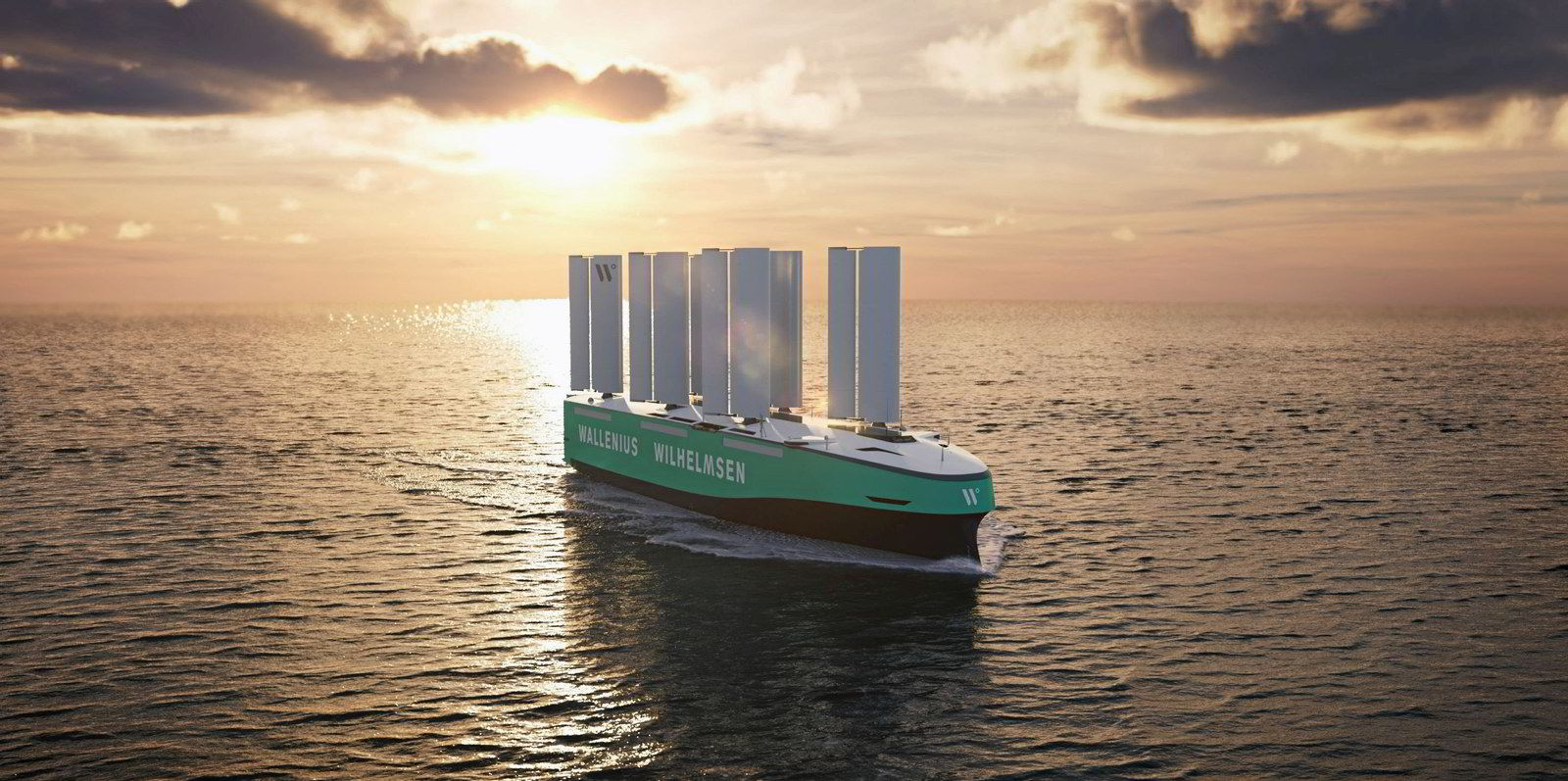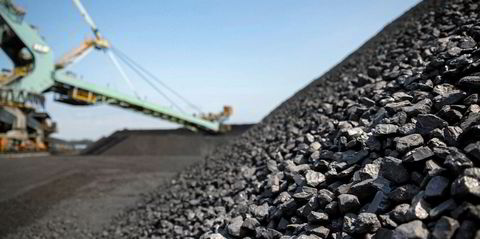Car carrier owners have one more year to enjoy phenomenal freight and charter rates before a big slate of newbuildings puts an end to the party.
This is according to VesselsValue’s head of ferry, ro-ro and vehicle carriers, Dan Nash, who calculates companies have spent $6.07bn over the last year on 65 newbuildings, up 32% from 2021.
Last year was characterised by record rates and delays on the main transatlantic and Asia to Europe liner services.
A shortage of truck drivers, dock workers, microchips and ships meant cars stayed in ports for longer, leaving no space for new deliveries.
Sentiment has now softened due to recessionary headwinds hitting sales demand, Nash argues.
But he said: “We are not seeing any softening in values yet. On the contrary, charter rates continue to edge higher supporting higher values,” Nash said.
What the analyst calls “short supply fundamentals” have another 12 months to play out, or possibly longer, until the sector is rebalanced by an “armada of deliveries” expected in 2024 and 2025.
“This will almost certainly bring down freight rates and asset values, unless China continues its amazing growth trajectory. The top of the cycle is near, but we are not quite there yet,” Nash added.
Increased electric vehicle (EV) trade growth has forced shipowners to order larger vessels.
These cars continue to transform the fleet because they are heavier and wider than conventional vehicles.
‘Ominous’ lack of smaller ships
No small or mid-size ships were ordered in 2022, which Nash calls “ominous” for the intra-regional supply picture in Europe and Asia.
Investment was squarely focused on deepsea ships, averaging almost 8,000 ceu.
Demolition has been non-existent in the red-hot market.
Recent “cautiously optimistic” guidance from leading operator Wallenius Wilhelmsen shows owners are quietly confident of another strong year of high freight rates, robust earnings and high values from continued pent-up demand, Nash believes.
Car makers must sit tight for another 12 months until vessel deliveries replenish supply, he argues.
“Overall, fundamentals are not going to change that much in 2023, supporting continued high rates and values until 2024 when supply finally receives a major injection of ceu capacity. 2023 will be the last year of this supercycle,” Nash concluded.
Last year was a “golden” one for tonnage providers, with one-year rates hitting $100,000 per day in August for a 6,200-ceu ship, a 150% rise in nine months.
Charterers were forced to take vessels on longer three and five-year deals as a result of the tight market.
By the year’s end, the VesselsValue 6,500-ceu one-year time charter index had climbed more than 200% to $103,000 per day.






